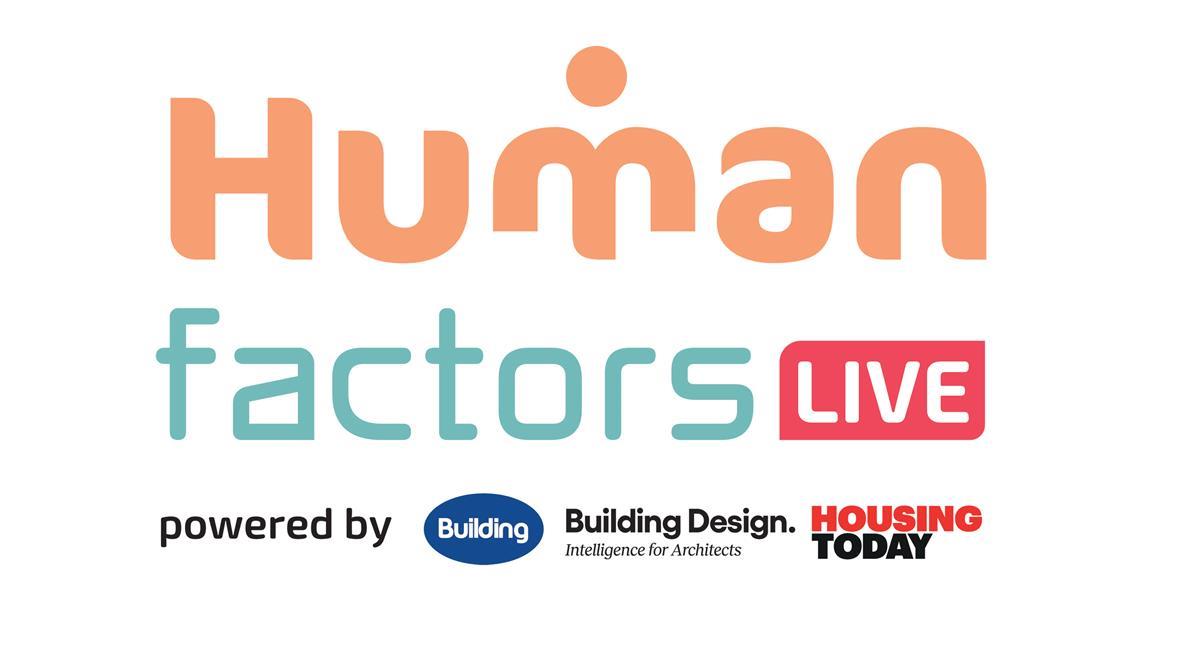In a throwaway culture, Anna Beckett argues that architects must take greater responsibility for how buildings are eventually dismantled and their materials reused

How often, when you’re buying something, do you consider how you will get rid of that product when it’s no longer useful? How often do you consider the components that make up that product and how they might be separated and recycled at the end of their life? How often has consideration of how you might dispose of a product stopped you from buying it?
For most of us, the answer to all of those questions will be almost never. We are a nation that is used to buying the things that we need, when we need them, and throwing them away at the end of their lifetime. We don’t deal with our waste very well, and we generate a lot of it.
We actually produce the second highest amount of electronic waste per capita of any country in the world. And part of the problem is that recycling household items, such as an electric toothbrush or a mattress, in a responsible way is actually remarkably difficult.
Most mattress companies will take away your old mattress when you buy a new one, but there are a relatively small number of companies with the ability to disassemble the component parts so that they can be recycled, meaning that many mattresses still end up in landfill.
In the construction industry, we consider things in the same way. Despite greater emphasis on circular economy and material reuse, we rarely consider deconstruction at the design stage. We don’t consider reuse or recycling in our product specification, and we don’t include deconstruction information on our drawings.
When you’re under pressure to deliver a project on time and on budget, it’s difficult to prioritise something that will happen 10, 20 or even 100 years in the future, but considering deconstruction during the design stages can help us to limit waste in the future.
So what can we do to plan for reuse in the future?
Much like a mattress, many construction materials are made up of a number of different materials combined together. In some cases, these materials are glued together.
In the case of fixtures and fittings, they are often encased in plastic. All of which means, if they can’t be reused exactly as they were installed, it’s virtually impossible to take them apart and recycle the parts.
So what can we do to plan for reuse in the future? Perhaps the easiest change is to consider specifying materials from manufacturers with take-back schemes, where the manufacturer is willing to recycle or re-warranty the product themselves. If that’s not an option, then we should try to limit the use of composite products that combine more than one material in a way that prevents them from being separated effectively.
We can also consider testing products for deconstruction during installation, allowing the installation to be modified to facilitate later deconstruction, and information can be provided about how disassembly could take place.
And perhaps the most important thing we should all be doing now is including deconstruction information on our drawings. If a way of taking the building apart has been considered, or the design has been modified to facilitate reuse, it’s really not worthwhile unless the person deconstructing the building knows about it.
Designing for deconstruction, and more specifically providing information to facilitate reuse, is a small change that we could all be making to give the architects and engineers of the future a much better chance of using materials efficiently and sustainably. It won’t make much of a difference now, but giving more consideration to deconstruction might also help us to demolish buildings more effectively.
And considering how you might dispose of something might also help us to make more responsible choices about the items we buy every day.
Postscript
Anna Beckett is an associate director at Buro Happold
















1 Readers' comment